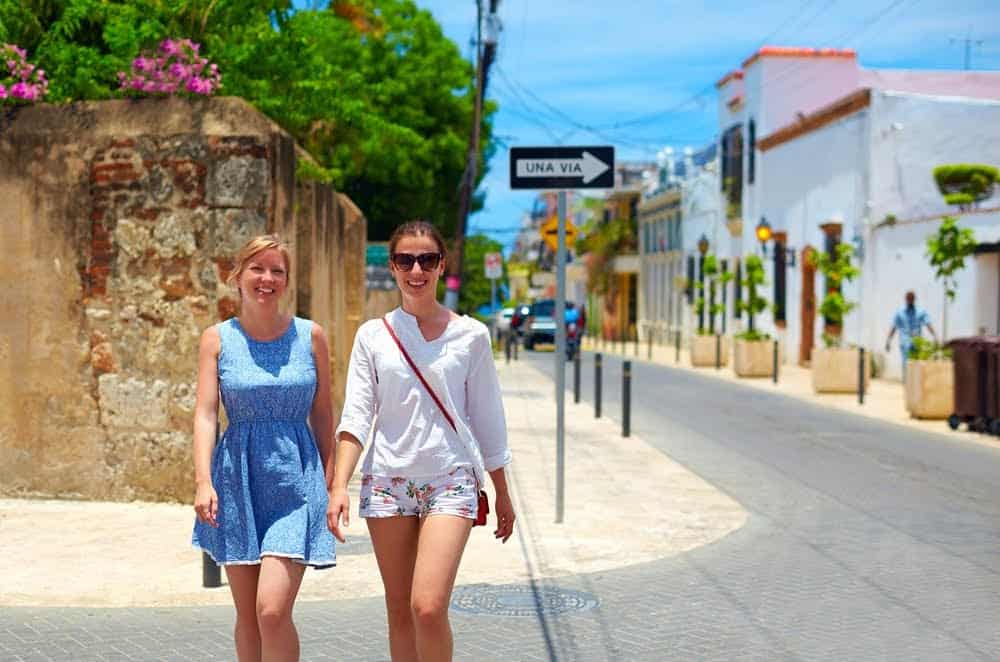The best of Santo Domingo walking tour











Together with a professional guide, you will visit the most charming places in the city. You will have a chance to explore the city while hearing fascinating facts and legends. It was the Santo Domingo Tsachila people that attracted tourists from all over the world in the 1960s. What made the Tsachila people so special? What was so unique and charming about their lifestyle? What was the meaning behind the red braids? You will be surprised how many stories are hidden in the streets, buildings, and corners of Santo Domingo. Your charming guide will tell you what is special and unique about living in this city. Perfect for those visiting the city for the first time and wanting to get the most out of it!

